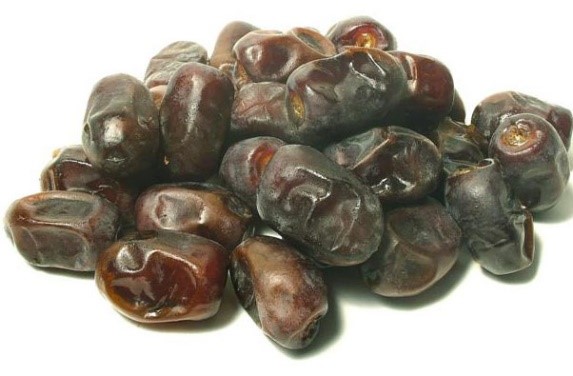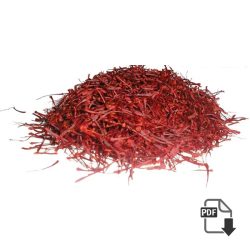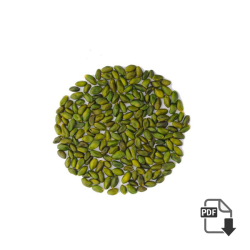Walnut Varieties
Of the hundreds of varieties of English Walnuts available – and the many closely related species – we have selected a range suitable for the climate throughout the UK and for the differing purposes which our customers have in mind. Walnut Varieties
This amount to several dozen in all, which are listed below. Each entry leads to details on the variety or species.
Please for more information or any inquiry click here ……
Nut Bearing English Walnuts
walnut The following varieties are recommended for their nut-bearing prowess:
Nutlets enlarge as the summer passes. They can be picked for pickling until the shell forms in late July. Nuts such as those below can be harvested around the end of October.
A cluster of nuts ready for harvest
English Walnuts for Timber
Many varieties of walnut trees produce valuable timber, making them a long-term asset. Generally grafted trees will reach a worthwhile value after around 40 years of growth. The current value of walnut wood is significantly higher than that of oak.
Suitable sizes
Growers looking towards agro-forestry trees, or trees that will enhance parkland, avenue or pasture may wish to consider the largest class of tree, which as 4-5 year olds is already formed with a crown and clear stem, generally giving the tree a height of 3.5m or more.However, younger trees generally transplant more readily and require less aftercare, as they retain a greater proportion of their root when lifted from the nursery.
Other Related Species
The main related species of interest to customers are from North America and the Far East. Most of the J Ingra varieties from America are big trees with valuable timber, though most will give nuts too.
Tree Crops for Marginal Farmland Black Walnut Introduction
Agriculture in the southeastern United States has been able to recover from the much-publicized farm crisis of the early 1980’s.
Farm income in the 13 states of the Southeast has risen steadily since the mid-1980. With a higher rural and farm population than many other regions, a strong agriculture will continue to be important to the future of the Southeast.
Many producers would like to increase farm income and decrease income variability. This has caused a growing number of farmers to investigate new and diversified sources of income.
A resource which has not been tapped to its full potential is marginal farmland, specifically its use for growing tree crops. There are over 30 million acres of woodland and idle pasture and cropland on Southeast farms. And much of this land could be producing valuable tree crops.
The Tree Crops for Marginal Farmland Project seeks to provide farmers with basic information about growing and marketing tree crops. Tree crops have many advantages for farmers with marginal or unused land.
The cost of inputs is relatively low, economic returns may be quite competitive with alternatives, and there are important environmental benefits.
Please for more information or any inquiry click here ……
All Type Of Walnuts
-
Walnut kernel Special wholesale price + analysis + sale offer
Iranian walnut kernel are divided into three grades according to the size, fat contain, color and halves.

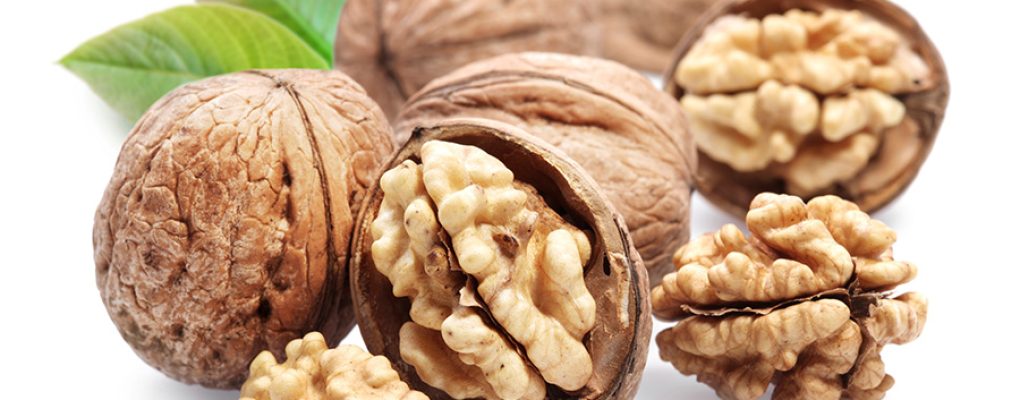
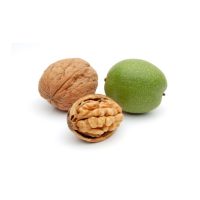
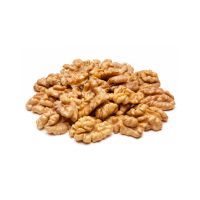

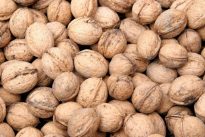
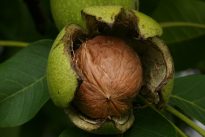
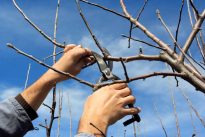
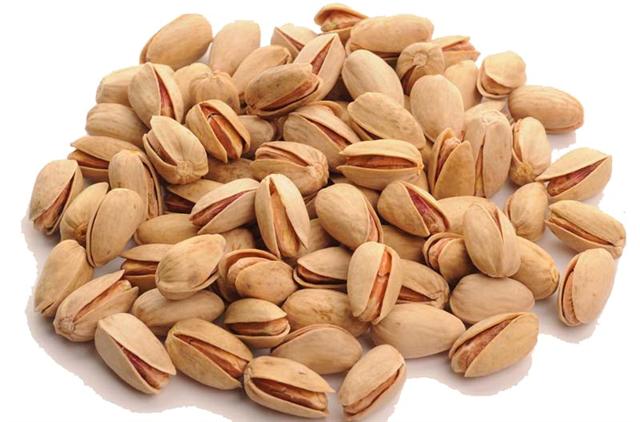
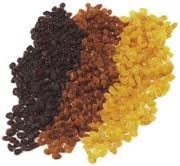 3 kind raisin
3 kind raisin 